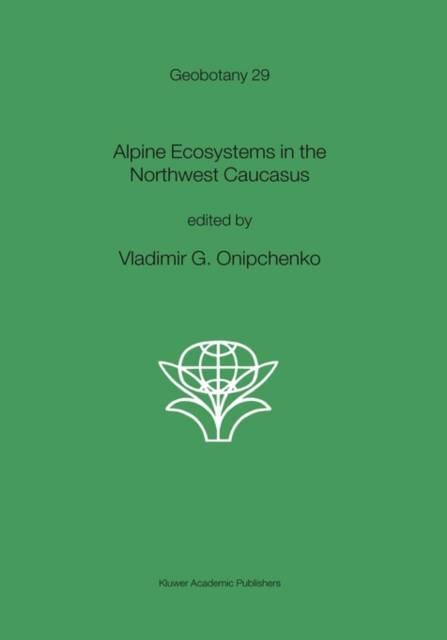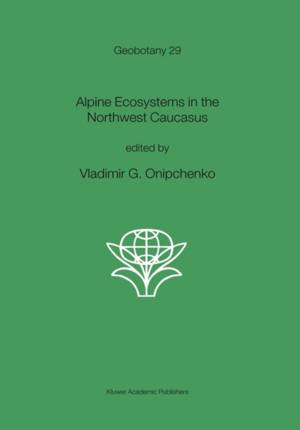
- Afhalen na 1 uur in een winkel met voorraad
- Gratis thuislevering in België vanaf € 30
- Ruim aanbod met 7 miljoen producten
- Afhalen na 1 uur in een winkel met voorraad
- Gratis thuislevering in België vanaf € 30
- Ruim aanbod met 7 miljoen producten
Zoeken
Alpine Ecosystems in the Northwest Caucasus
€ 279,45
+ 558 punten
Omschrijving
Plant geographical description of the area, syntaxonomy, spatial patterns, floristic richness, structure of plant communities in relation to soil properties and herbivore influence were described for a mountain region that is difficult to access. Seasonal, inter-annual, and long-term dynamics of vegetation are discussed on the base of long-term observations as well as pollen and phytolith analyses. Population biology of alpine plants is studied by combination of field observations and mathematical modelling. Plant population strategies and soil seed banks are described for alpine plants from several communities. Results of long-term ecological experiments (plant reciprocal transplantations, dominant removals, light limitation) showed the significance of competition and facilitation for community organization. Structure of soil algal and fungal communities is represented as well as mycorrhiza of alpine plants. Main animal groups (wild) history and modern nature conservation problems are discussed.
Alleen bij Standaard Boekhandel
+ 558 punten op je klantenkaart van Standaard Boekhandel
Beoordelingen
We publiceren alleen reviews die voldoen aan de voorwaarden voor reviews. Bekijk onze voorwaarden voor reviews.








